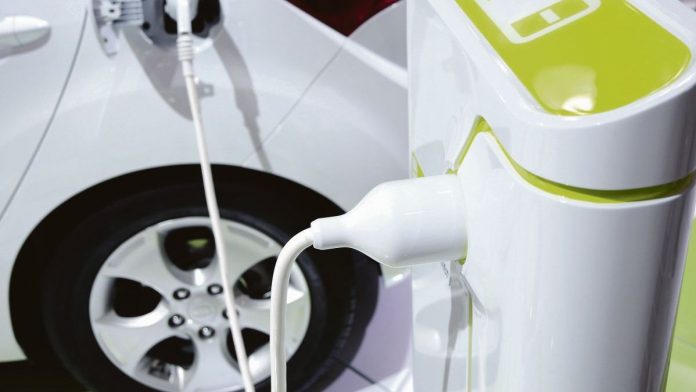Against this background, researchers Guttorm Asse, Chris Musso and Dennis Schweidhelm agreed that the vehicle architecture of tomorrow is what is being defined today, giving chemical companies a small amount of opportunity to set standards for materials applications in the following years. C window is being offered.
According to the report prepared by three experts, while chemicals in the automotive industry were traditionally considered on a unit cost basis, with suppliers barely maintaining value over the life cycle of the program, most savvy auto parts manufacturers And tier providers are now moving towards a system value approach. These players believe that physical solutions can provide tremendous value in reducing costs and improving the reliability of expensive parts such as batteries, power electronics and electric motors.
The report elaborates that the powertrain of a typical BEV (battery, inverter and electric motor) costs more than $10,000, which is four times more than the same parts in a traditional combustion engine car. Therefore, the electric vehicle system must lower its cost for more popular and widespread adoption.
Against this background, leading OEMs have found that using the right thermal and insulation materials in powertrains can result in a significant increase in system efficiency and a reduction in warranty costs, which together can be worth several years. Hundreds of dollars per vehicle. These savings make it much easier for OEMs to invest in these enabling materials.
For example, the transition from silicon oxide (Si) to silicon carbide (SiC) power modules in the inverter can result in system savings on the order of $200 per vehicle. This is due to the semiconductor’s higher energy efficiency (which lowers battery costs) and more optimal cooling profile (which lowers thermal management costs), even though SiC costs more than its Si counterparts.
Estimated to be competitive in the final price of the product, taking into account batteries, systems and thermal products, its total cost will drop from the current US$10,300 to US$8,200 in 2025, reaching US$7,100 in 2030. Will go ,
At the same time, the academic work highlighted that material innovations that enable system cost reductions can provide tremendous value and are estimated to have a $20 billion market by 2030 in the energy efficiency-related industry . , thermal management and battery life, not including cell chemistry.
“The electric vehicle industry is making a significant shift to higher-temperature, more expensive and more efficient inverter technology, which will require better thermal and insulation materials,” he said.
It’s no secret that battery costs need to drop significantly for electric vehicles to be profitable, and that battery safety is paramount. According to the McKinsey researchers, while most of the conversation seems to be focused on the chemistry and supply-demand balance of battery cell materials, many device manufacturers have already recognized that plastics, silicon, asbestos (insulation) and other thermal materials together can be designed. To significantly reduce the system cost of electric cars.

